Description
What is Trademark?
A trademark is a graphic form of a visual symbol which represents a business brand and distinguishes the identity with other traders. It may be in the form of a logo, signature, name, label, word, letters, numerals, shapes etc. Trademark symbolise the identity of the business so company decides it after making research to make the trademark unique and attractive. Being an intangible asset or intellectual property, it is used to differ products or services from other similar products or services generated by a separate organisation.
Classification of goods– Name of the classes
Class 1. Chemical used in industry, science, photography, agriculture, horticulture and forestry; unprocessed artificial resins, unprocessed plastics; manures; fire extinguishing compositions; tempering and soldering preparations; chemical substances for preserving foodstuffs; tanning substances; adhesive used in industry
Class 2. Paints, varnishes, lacquers; preservatives against rust and against deterioration of wood; colorants; mordents; raw natural resins; metals in foil and powder form for painters; decorators; printers and artists
Class 3. Bleaching preparations and other substances for laundry use; cleaning; polishing; scouring and abrasive preparations; soaps; perfumery, essential oils, cosmetics, hair lotions, dentifrices
Class 4. Industrial oils and greases; lubricants; dust absorbing, wetting and binding compositions; fuels(including motor spirit) and illuminants; candles, wicks
Class 5. Pharmaceutical, veterinary and sanitary preparations; dietetic substances adapted for medical use, food for babies; plasters, materials for dressings; materials for stopping teeth, dental wax; disinfectants; preparation for destroying vermin; fungicides, herbicides
Class 6. Common metals and their alloys; metal building materials; transportable buildings of metal; materials of metal for railway tracks; non-electric cables and wires of common metal; ironmongery, small items of metal hardware; pipes and tubes of metal; safes; goods of common metal not included in other classes; ores
Class 7. Machines and machine tools; motors and engines (except for land vehicles); machine coupling and transmission components (except for land vehicles); agricultural
implements other than hand-operated; incubators for eggs
Class 8. Hand tools and implements (hand-operated); cutlery; side arms; razors
Class 9. Scientific, nautical, surveying, electric, photographic, cinematographic, optical, weighing, measuring, signalling, checking (supervision), life saving and teaching apparatus and instruments; apparatus for recording, transmission or reproduction of sound or images; magnetic data carriers, recording discs; automatic vending machines and mechanisms for coin-operated apparatus; cash registers, calculating machines, data processing equipment and computers; fire extinguishing apparatus
Class 10. Surgical, medical, dental and veterinary apparatus and instruments, artificial limbs, eyes and teeth; orthopaedic articles; suture materials
Class 11. Apparatus for lighting, heating, steam generating, cooking, refrigerating, drying
ventilating, water supply and sanitary purposes
Class 12. Vehicles; apparatus for locomotion by land, air or water
Class 13. Firearms; ammunition and projectiles; explosives; fire works 42
Class 14. Precious metals and their alloys and goods in precious metals or coated therewith, not included in other classes; jewellery, precious stones; horological and other chronometric instruments
Class 15. Musical instruments
Class 16. Paper, cardboard and goods made from these materials, not included in other classes; printed matter; bookbinding material; photographs; stationery; adhesives for stationery or household purposes; artists’ materials; paint brushes; typewriters and office requisites (except furniture); instructional and teaching material (except apparatus); plastic materials for packaging (not included in other classes); playing cards; printers’ type; printing blocks
Class 17. Rubber, gutta percha, gum, asbestos, mica and goods made from these materials and not included in other classes; plastics in extruded form for use in manufacture; packing, stopping and insulating materials; flexible pipes, not of metal
Class 18. Leather and imitations of leather, and goods made of these materials and not included in other classes; animal skins, hides, trunks and travelling bags; umbrellas, parasols and walking sticks; whips, harness and saddlery
Class 19. Building materials, (non-metallic), non-metallic rigid pipes for building; asphalt, pitch and bitumen; non-metallic transportable buildings; monuments, not of metal.
Class 20. Furniture, mirrors, picture frames; goods(not included in other classes) of wood, cork, reed, cane, wicker, horn, bone, ivory, whalebone, shell, amber, mother- of-pearl, meerschaum and substitutes for all these materials, or of plastics
Class 21. Household or kitchen utensils and containers(not of precious metal or coated therewith); combs and sponges; brushes(except paints brushes); brush making materials; articles for cleaning purposes; steelwool; unworked or semi-worked glass (except glass used in building); glassware, porcelain and earthenware not included in other classes
Class 22. Ropes, string, nets, tents, awnings, tarpaulins, sails, sacks and bags (not included in other classes) padding and stuffing materials(except of rubber or plastics); raw fibrous textile materials
Class 23. Yarns and threads, for textile use
Class 24. Textiles and textile goods, not included in other classes; bed and table covers.
Class 25. Clothing, footwear, headgear
Class 26. Lace and embroidery, ribbons and braid; buttons, hooks and eyes, pins and needles; artificial flowers
Class 27. Carpets, rugs, mats and matting, linoleum and other materials for covering existing floors; wall hangings(non-textile)
Class 28. Games and playthings, gymnastic and sporting articles not included in other classes; decorations for Christmas trees
Class 29. Meat, fish, poultry and game; meat extracts; preserved, dried and cooked fruits and vegetables; jellies, jams, fruit sauces; eggs, milk and milk products; edible oils and fats 43
Class 30. Coffee, tea, cocoa, sugar, rice, tapioca, sago, artificial coffee; flour and preparations made from cereals, bread, pastry and confectionery, ices; honey, treacle; yeast, baking powder; salt, mustard; vinegar, sauces, (condiments); spices; ice
Class 31. Agricultural, horticultural and forestry products and grains not included in other classes; live animals; fresh fruits and vegetables; seeds, natural plants and flowers; foodstuffs for animals, malt
Class 32. Beers, mineral and aerated waters, and other non-alcoholic drinks; fruit drinks and fruit juices; syrups and other preparations for making beverages
Class 33. Alcoholic beverages(except beers)
Class 34. Tobacco, smokers’ articles, matches
Classification of services– Name of the classes
Class 35. Business Management; advertising; business administration and other office functions.
Class 36. Financial affairs, Insurance; Monetary affairs; real estate affairs.
Class 37. Repair, Building construction, Installation Services.
Class 38. Telecommunications
Class 39. Packaging and storage of goods; Transport.
Class 40. Treatment of Materials.
Class 41. Providing training; Entertainment; sporting; Education and other cultural activities.
Class 42. Technological and scientific services; industrial analysis and research services; development of computer hardware and software and their designing.
Class 43. Services related to providing drinks and food or temporary accommodation.
Class 44. Any kind of Medical services (including Veterinary, hygienic and beauty services) both for humans and animals; horticulture, agriculture, and forest services.
Class 45. Legal and security services; personal and social services.
Frequently Asked Questions:-
– What is a Trademark?
A trademark is typically a name, word, phrase, logo, symbol, design, image or a combination of these elements by which your buyer personas can easily recognize your brand in the market.
– What is Trademark Class?
The Trademark Registry has classified goods and services under 45 classes. Your application must mention the class/classes of the goods/services. The trademark would be registered under those classes only.
– What is the validity of a Trademark??
It is valid for a limited period of time i.e. for 10 years. But it is renewable indefinitely. You just need to pay the fee for trademark renewal every time.
– What can be registered as a Trademark??
Any word, name, device, label, numerals or a combination of colors that can be represented graphically (in a paper) can be registered as a trademark. The trademark to be registered must also be distinctive for the services or goods for which it is proposed to be registered.
– When can I use (™) symbol?
You can use (™) mark as soon as the Trademark application is filed and you receive acknowledgement receipt. (®) mark can be used once it is registered.
– When should we renew the Trademark registration?
Every 10 years the trademark to be renewed.
– Can I use ® without Trademark Certificate?
Using ® on your products / services without proper certificate from Trademark Registry, is a criminal offence under Trademark Act.
– Will my Trademark Registry be valid across the world?
No! The registered trademark under Trademark Act 2000 is only valid in India. But in few other countries, it can be used as a base for registering the trademark in those countries.
– Will my Trademark application be valid for all services and goods?
Trademark applications are distinctive to the goods or services it is represents. Therefore, trademark applications are made under a “Class” of goods or service it represents. The trademark application will therefore be valid for the entire class of goods or service it represents.
– If my company name is already registered under the Companies Act, do I still need trademark registration for my Company Name?
Company or domain registration will not protect your brand identity. To protect your company’s identity, you need to get trademark registration.
– What Trademarks are NOT registerable?
Any trademark, which is identical or deceptively similar to an existing registered trademark or trademark for which application for registration has been made, cannot be registered. Also trademark that would likely cause deception or confusion or is offensive may not be registered. Geographical names, common names, common trade words and common abbreviation can also not be registered as a trademark.
Advantages of Trademark Registration
Legal Protection
You become the legal owner of the registered trademark and no another person has the right to use your registered trademark without your prior permission. No action can be taken against a 2nd party if the trademark is not registered with the government. The registered trademark holder can take some legal action against anyone who tries to copy the trademark with any prior permission.
Unique Identity
One of the best qualities of trademark registration is that it helps you to establish a unique identity of your company. And no other competitor can apply or use your trademark for similar goods or services.
Trust or Goodwill
As registered trademark brings the uniqueness to your product, it can easily create a sense of trust, goodwill and quality in the minds of your customer.
Creation of Asset
Registered trademark can act as an asset as the owner of the trademark can easily sell, franchise or allow it on the contract basis to another party. It creates a kind of intellectual property for the same.
Popularise your brand
Registered trademark is easily searchable as it is available in government trademark database. It also helps you to get popular among people which are a great sign for your company.
Trademark symbols and their usages
® Symbol
You get the R symbol as soon as you file the trademark application for registration. This symbol helps protect the trademark from getting copied by others.
© Symbol
The C symbol stands for contents which do not have any copyright issues. The symbol is mandatory in many countries for copyright claims.
™ Symbol
This symbol is for unregistered trademarks. It warns others from copying your logo, name or symbol. It does not give you copyright protection, and others can use your logo or name in case your application gets rejected.
℠ Symbol
The service industry uses this symbol. The symbol is applicable for classes from 35 to 45. It is also not guaranteed protection against copyright issues.

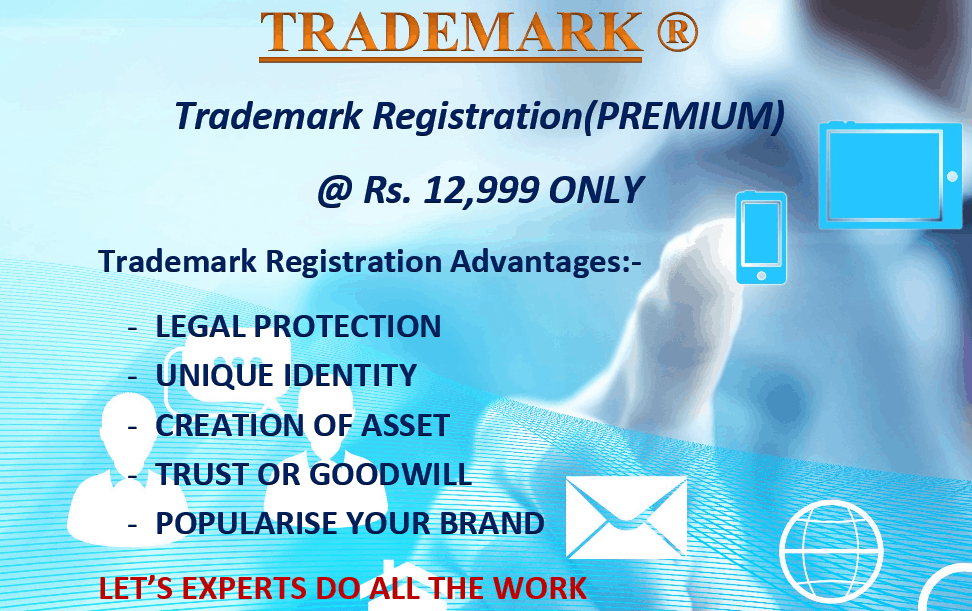

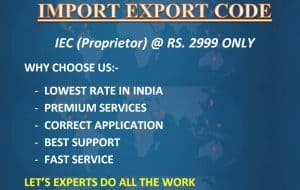
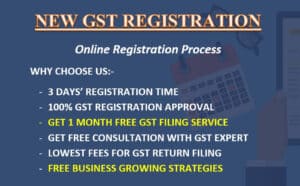
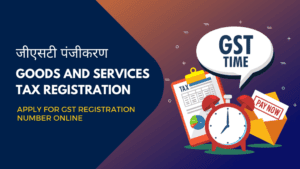

Reviews
There are no reviews yet.